Pope Francis, Catholics, and Christians in the news worldwide
ml1 said:
I'm going to give up reading this thread for the rest of Lent.
That’s not much of a penance.
.
Last paragraph:
"I cannot do anything on my own;
I judge as I hear, and my judgment is just,
because I do not seek my own will
but the will of the one who sent me."
Has anyone else noted this exhibition?
https://www.bbc.com/news/world-middle-east-65043875 The Sassoon Bible (Codex Sassoon), oldest, most complete Hebrew Bible complete with vowels, cantillation, punctuation and even scribal notes - 24 books in one volume, over 1100 years old.
The photos have me swooning.
Edited to correct name
joanne said:
Has anyone else noted this exhibition?
https://www.bbc.com/news/world-middle-east-65043875 The Sassoon Bible (Codex Sassoon), oldest, most complete Hebrew Bible complete with vowels, cantillation, punctuation and even scribal notes - 24 books in one volume, over 1100 years old.
The photos have me swooning.Edited to correct name
it’s a shame they’ve going to be selling it at auction. I’m thinking it’s going to sell for over 50 million dollars. Amazing it had disappeared from sight for over 500 years and still remains in such great condition.
My guess? The dry desert air.
New Dead Sea Scrolls cave discovered
- Published9 February 2017
Share
 IMAGE SOURCE, CASEY L. OLSON AND OREN GUTFELD
IMAGE SOURCE, CASEY L. OLSON AND OREN GUTFELDArchaeologists have found a cave that once housed Dead Sea scrolls in a cliff in the Judean desert - the first such discovery in over 60 years.
Israel's Hebrew University said the ancient parchments were missing from the cave, and were probably looted by Bedouin people in the 1950s.
Storage jars, fragments of a scroll wrapping, and a leather tying string were found at the site.
The Dead Sea scrolls date from as early as the 4th Century BC.
The priceless records include more than 800 documents written in Hebrew, Aramaic and Greek, mostly on animal skin and papyrus.
As well as containing the oldest copies of many biblical texts, they also include many secular writings about life in the 1st and 2nd Centuries AD.
The first Dead Sea scrolls were discovered in 1947, reportedly by a young Bedouin shepherd hunting for a lost sheep in Qumran, on the modern-day West Bank.
It is not known who wrote the scrolls, although some scholars have credited a Jewish sect called the Essenes.
The team excavating the latest cave was led by Dr Oren Gutfeld and Ahiad Ovadia from the Hebrew University of Jerusalem, with Dr Randall Price and students from Liberty University in Virginia.
The pottery jars and wrappings were found concealed in niches along the cave's walls, and inside a 4-6m (16-20ft) tunnel at its rear.
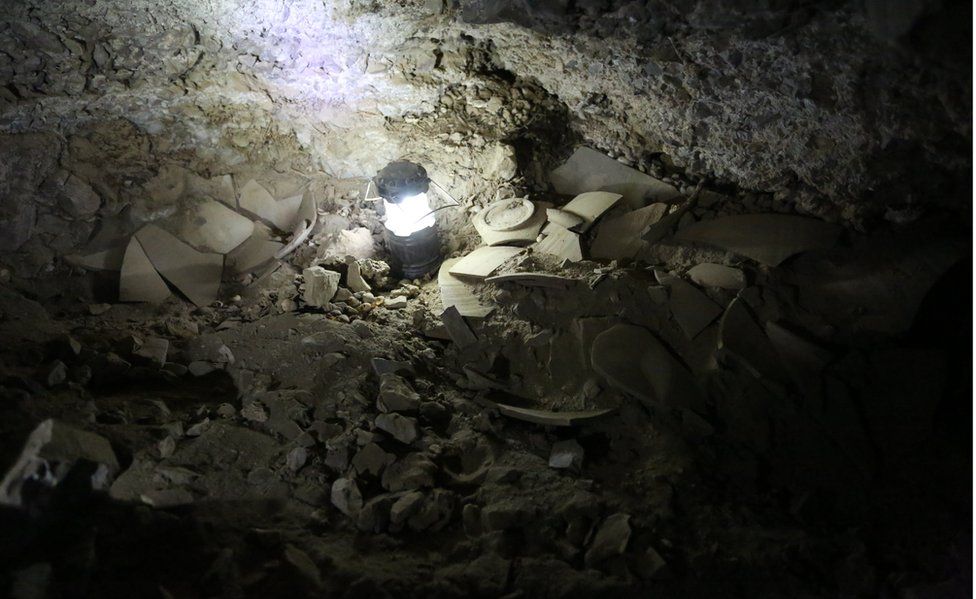 IMAGE SOURCE, CASEY L. OLSON AND OREN GUTFELD
IMAGE SOURCE, CASEY L. OLSON AND OREN GUTFELD"Until now, it was accepted that Dead Sea Scrolls were found only in 11 caves at Qumran, but now there is no doubt that this is the 12th cave," said Dr Gutfeld.
"Although at the end of the day no scroll was found, and instead we "only" found a piece of parchment rolled up in a jug that was being processed for writing, the findings indicate beyond any doubt that the cave contained scrolls that were stolen," he said.
"The findings include the jars in which the scrolls and their covering were hidden, a leather strap for binding the scroll, a cloth that wrapped the scrolls, tendons and pieces of skin connecting fragments, and more."
The team also found a seal made from carnelian, a semi-precious stone - evidence that prehistoric people once lived in the desert cave.
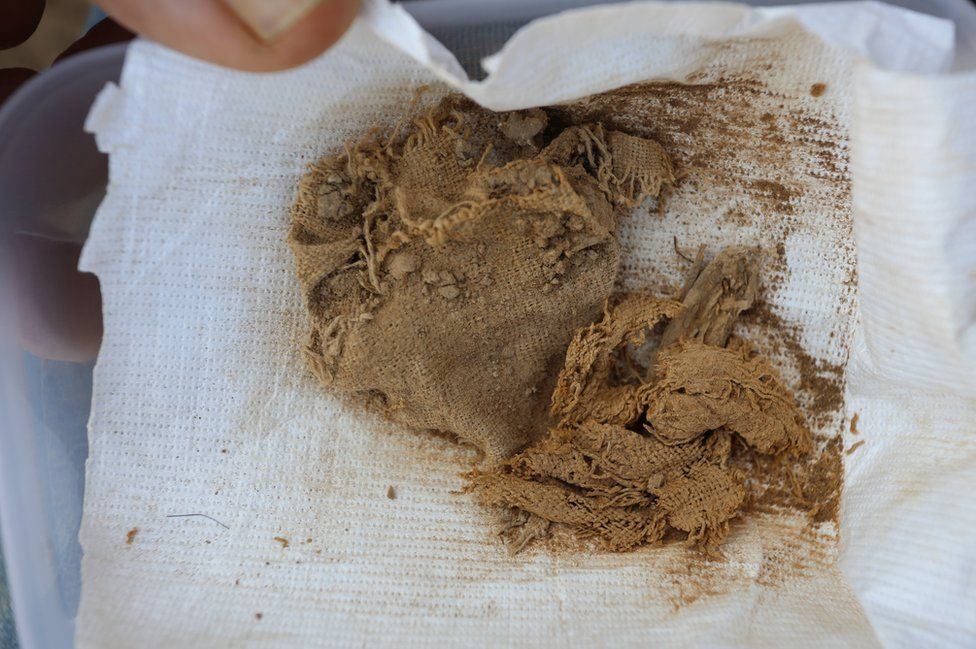 IMAGE SOURCE, CASEY L. OLSON AND OREN GUTFELD
IMAGE SOURCE, CASEY L. OLSON AND OREN GUTFELDThe Bedouin looting theory arose with the discovery of two iron pickaxe heads from the mid-20th Century that had been left inside the cave tunnel.
"I imagine they came into the tunnel. They found the scroll jars. They took the scrolls," Dr Gutfeld said. "They even opened the scrolls and left everything around, the textiles, the pottery."
He said this could be just the first in a series of discoveries, with hundreds of caves yet to be explored.
mtierney said:
The Bedouin looting theory arose with the discovery of two iron pickaxe heads from the mid-20th Century that had been left inside the cave tunnel.
One wonders how they determined that the mid 20th century pick axes were "Bedouin". My step mom was Mexican American but I never noticed anything uniquely hispanic about the shovels at her house.
It’s a BBC article, citing an archaeological research paper. No doubt the research paper relies on earlier records (engineering or archaeological) for mapping the area and has cited the references including the digging teams and their local knowledge.
Also, it’s not as if a wide variety of hardware stores would be in the region, especially mid-century and earlier. Most people ‘visiting’ such places would be lead there by Bedouins with knowledge of where one could find interesting stuff. Not too many different backgrounds for your grave-robbers/cave explorers at that time. (My cousins met & married in desert Palestine in the ‘40s, he English ex-Army and she living in Tel Aviv)
It’s still mostly ruralised/isolated, but more people from different parts of the world visit & study since the 1970s, usually during their summer.
joanne said:
It’s a BBC article, citing an archaeological research paper. No doubt the research paper relies on earlier records (engineering or archaeological) for mapping the area and has cited the references including the digging teams and their local knowledge.
Also, it’s not as if a wide variety of hardware stores would be in the region, especially mid-century and earlier. Most people ‘visiting’ such places would be lead there by Bedouins with knowledge of where one could find interesting stuff. Not too many different backgrounds for your grave-robbers/cave explorers at that time. (My cousins met & married in desert Palestine in the ‘40s, he English ex-Army and she living in Tel Aviv)It’s still mostly ruralised/isolated, but more people from different parts of the world visit & study since the 1970s, usually during their summer.
Sounds pretty shaky. Oppressed minority cast as villain is a tale as old as time.
GoSlugs said:
joanne said:
It’s a BBC article, citing an archaeological research paper. No doubt the research paper relies on earlier records (engineering or archaeological) for mapping the area and has cited the references including the digging teams and their local knowledge.
Also, it’s not as if a wide variety of hardware stores would be in the region, especially mid-century and earlier. Most people ‘visiting’ such places would be lead there by Bedouins with knowledge of where one could find interesting stuff. Not too many different backgrounds for your grave-robbers/cave explorers at that time. (My cousins met & married in desert Palestine in the ‘40s, he English ex-Army and she living in Tel Aviv)It’s still mostly ruralised/isolated, but more people from different parts of the world visit & study since the 1970s, usually during their summer.
Sounds pretty shaky. Oppressed minority cast as villain is a tale as old as time.
It's not making people "villains". Those are the people who lived in the area at the time (who originally found the artifacts known as the Dead Sea Scrolls).
nohero said:
It's not making people "villains". Those are the people who lived in the area at the time (who originally found the artifacts known as the Dead Sea Scrolls).
Right, but after the original scrolls were found there was huge interest from outsiders. Hell, the area became a regular stop for tourist caravans in the 65 years between the discovery of the original scrolls and the excavation of this cave.
To say that these scrolls, which were found recently, were looted by Bedouins just because some mid century pick axes were found there is to engage in the laziest sort of racial profiling.
GoSlugs said:
Right, but after the original scrolls were found there was huge interest from outsiders. Hell, the area became a regular stop for tourist caravans in the 65 years between the discovery of the original scrolls and the excavation of this cave.
To say that these scrolls, which were found recently, were looted by Bedouins just because some mid century pick axes were found there is to engage in the laziest sort of racial profiling.
The article didn't say they found scrolls. It's about finding a cave where there may have been scrolls, but they were removed some time in the 1950s.
nohero said:
The article didn't say they found scrolls. It's about finding a cave where there may have been scrolls, but they were removed some time in the 1950s.
After the initial scrolls were discovered, after the area was flooded with outsiders, academic or otherwise.
The only thing that can be determined from the pickaxes is that whoever looted the tombs got their tools locally. Its hard to stow a pick axe in your carry on.
If someone told you that the Parthenon Friezes had been looted and they found some greek pickaxes nearby, using these fine investigational techniques, you might assume they were stolen by the Greeks but you would be wrong.
Thanks to this discussion, I have been going over the album of our incredible trip to the Middle East a decade or so ago…
(Unfortunately captions not line up with photos)
We traveled in the back of ‘70s era Toyota trucks, sitting on wood planks which served as seating, crossed miles of hot, windy, desert — bumpy doesn’t come close to describing the trip.
Going down the Grand Canyon on the back of a mule comes in second.
Am I reading your notes correctly when I take it that the cave where some of the scrolls were found (the earlier discoveries) is in the upper center of the bottom photo?
As an aside to the photo of me walking, with luggage, above: our tour guide was Jewish and he would not be allowed to enter, so we walked to the border crossing. It may have been the fact that the border guards carried guns that made us very compliant.
I really don’t know for sure, but I think the two openings are cave access points. Seton Hall’ School of Judaea Christian Theology’s Sr. Rose Thering — who I was fortunate enough to have known while I was working there, made dozens of trips to Israel.
I have been trying to adjust to my new ipad air, which is the same, but different! Not going smoothly, so I am tuning out .
mtierney said:
Sheltering illegal refugees? You know that your party would have imprisoned them, right?
Sponsored Business
Promote your business here - Businesses get highlighted throughout the site and you can add a deal.
For Sale
Garage Sales
-
HUGE Rummage sale to benefit the Bloomfield High School Robotics Team Sale Date: Apr 27, 2024
More info










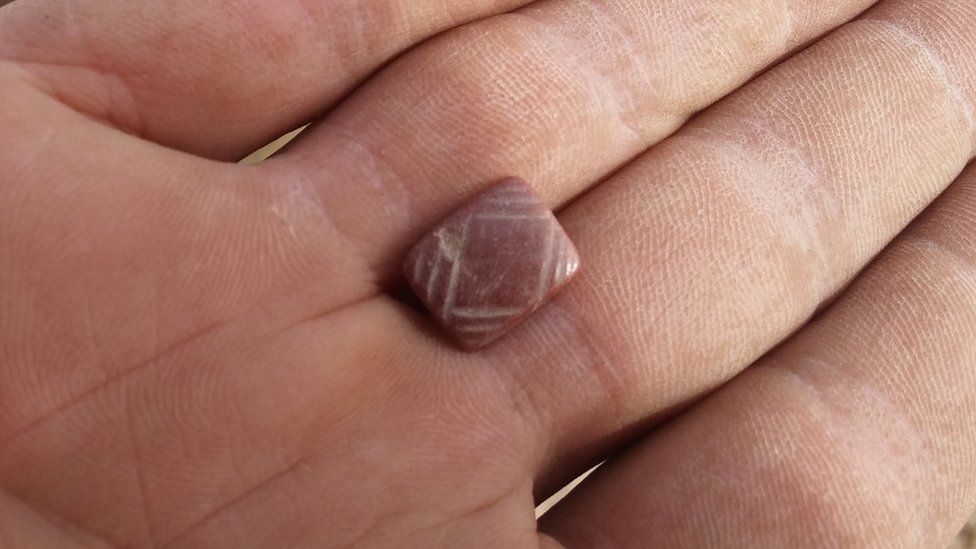

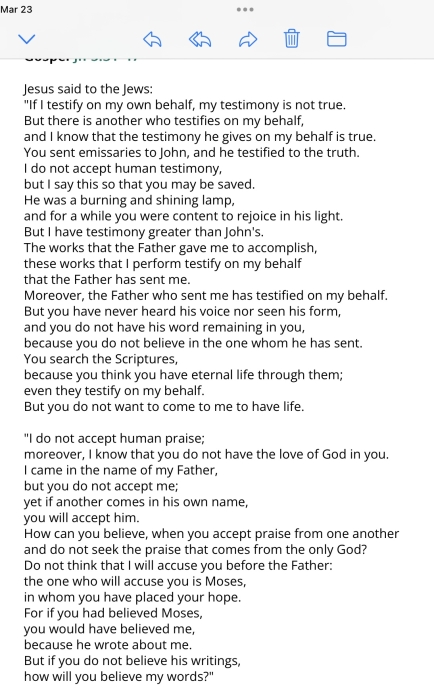

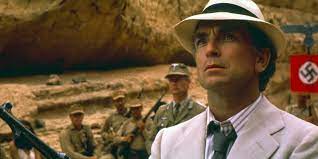
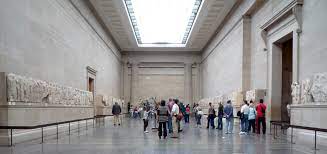
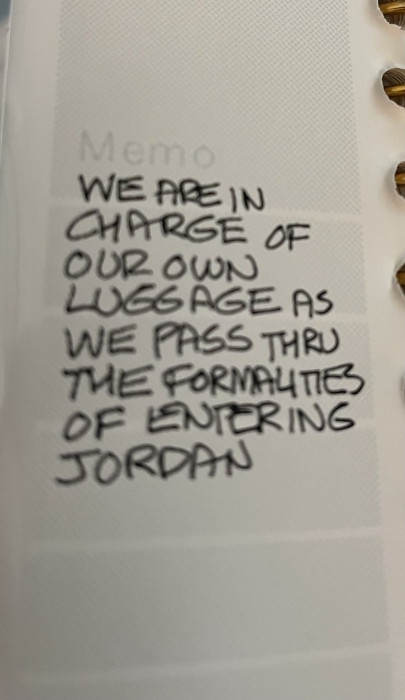

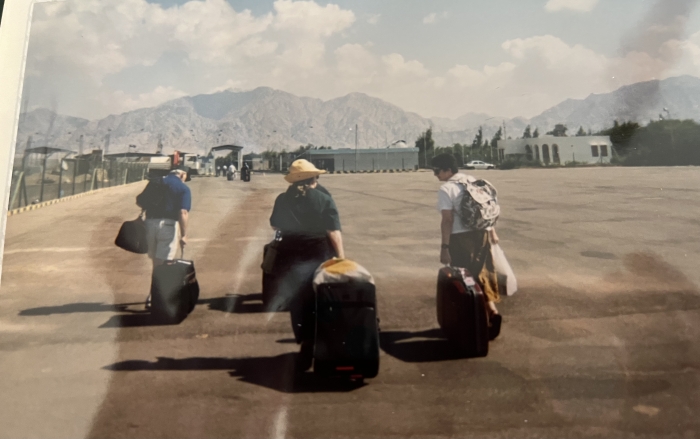
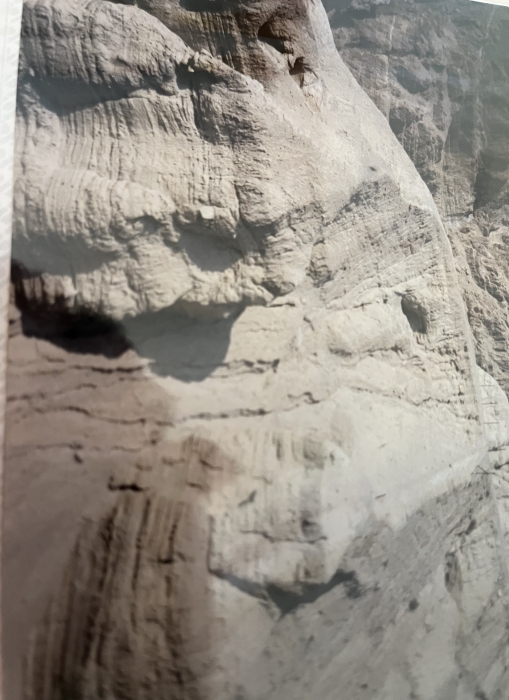
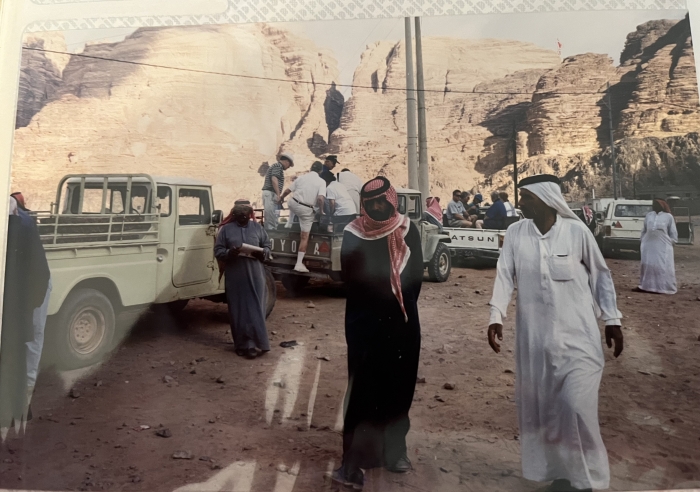



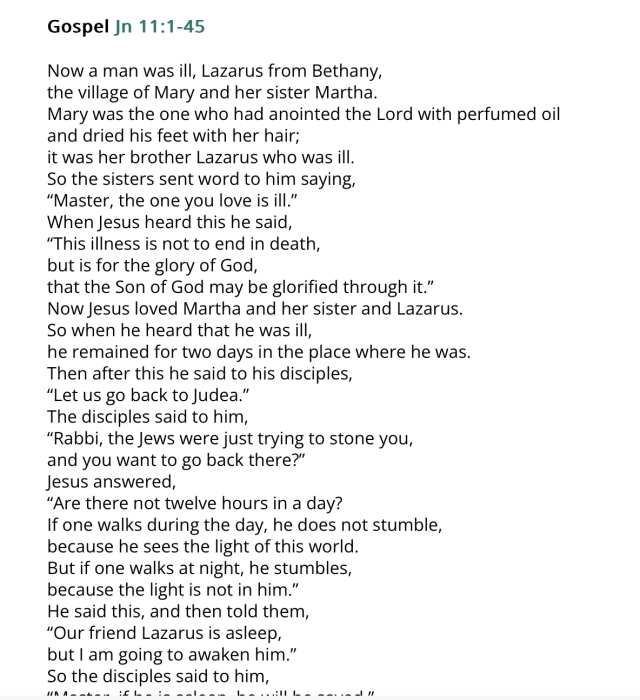

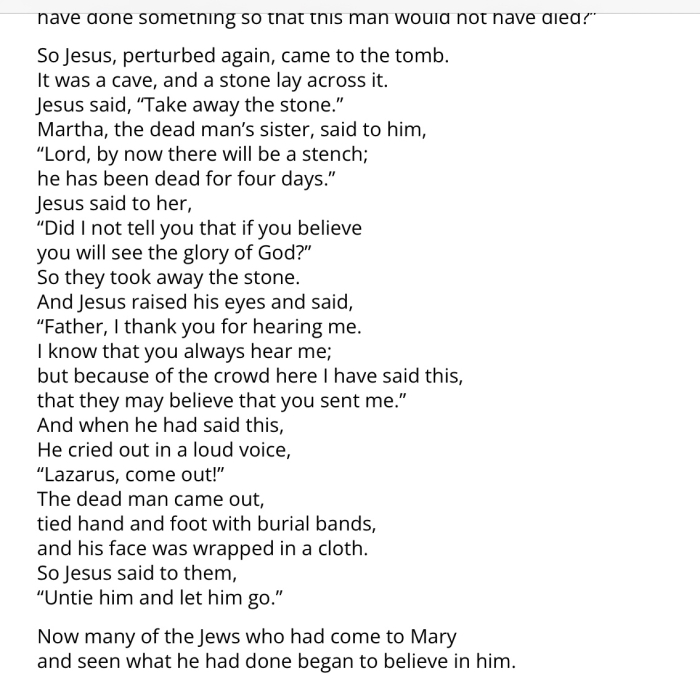





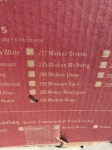



I'm going to give up reading this thread for the rest of Lent.